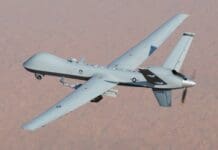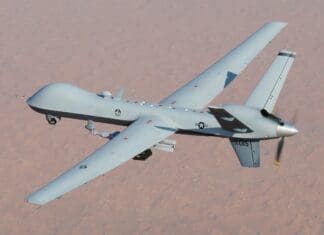This post is also available in:
 עברית (Hebrew)
עברית (Hebrew)
The United States military may potentially test a new ground launched ballistic missile within the next few weeks. This test would be the first test of such a weapon since the United States withdrew from the Intermediate-Range Nuclear Forces (INF) Treaty earlier this year.
Last March, Pentagon officials have stated that the Pentagon intends to test an intermediate range ballistic missile sometime around November. It was only last September that Pentagon officials confirmed that the missile test is still on track.
While Pentagon officials have mentioned that the tests are roughly on track, they have also mentioned that they are unable to confirm or deny a missile test in November. Further mentioning that they cannot provide any details regarding the date, time, or location.
The missile to be tested is expected to be a ballistic missile with a range somewhere between 3,000 to 4,000 kilometers. It has been previously mentioned that the weapon being tested would likely not be deployed anytime within the next five years.
The United States has withdrawn from the INF Treaty early August, due to the agreement no longer benefiting American interests, according to Defensenews.com. The INF Treaty was an agreement signed in 1987 with the Soviet Union that banned ground launched nuclear and conventional ballistic and cruise missiles. However, Nato forces and the United States of accused Russia of violating the agreement many times.
Pentagon officials have stated that there are no plans to build any nuclear capable systems. The tests are more so as a response to Russian threats and Russian missile tests.
However, opponents of the ballistic missile test and the withdrawl from the treaty believe that the United States’s moves could lead to an escalation of instability with Russia and China. Many believe it would be a better move diplomatically to focus on delivering the warhead in different methods, since having a ground launched ballistic missile system deployed in areas near China or Russian, such as Guam, would likely increase instability. It may be a better idea to focus research on the warhead itself and have it be delivered via drone, ship, or aircraft.


























